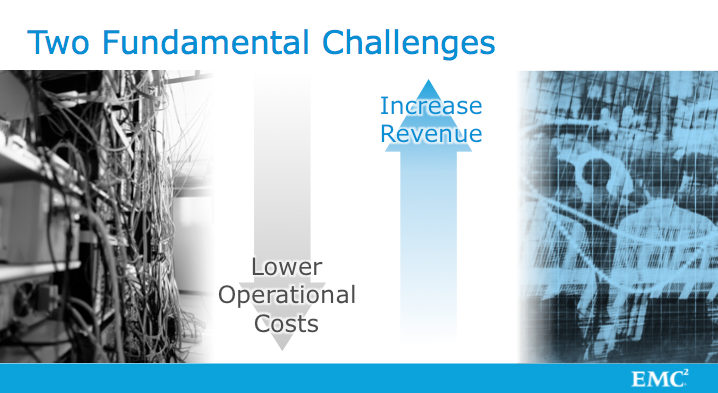For many CIOs and IT leaders, waking up each day must feel like being in A Tale of Two Cities that begins, “It was the best of times. It was the worst of times.”
Never before have there been so many ways to leverage the power of technology to solve business challenges, but these are balanced against the demands that everything happen faster than before. For the modern CIO, the new mandate is to build and leverage platforms that enable quickly turning great business ideas into great business execution.
For many companies, the journey to enable and empower these platforms has been ongoing for several years. What may have started as a plan to build a private cloud to reduce costs for traditional applications has now evolved to include the need to enable new web and mobile applications to satisfy internal and external needs. These expansive needs are not only transforming IT from an enabler to a provider (ITaaS), but also setting the foundation to change the competitive business landscape for many companies.
For example, automobile companies must focus as much on in-car technology experiences as they do fuel efficiency. Insurance companies must be both mobile application developers (online claims) and big data scientists (real-time analytics). There are examples like this across every major industry, and technology is the catalyst for redefining differentiation and success. Being able to keep up with these new demands, while still maintaining existing environments is pushing many IT organizations to seek a hybrid model, one that creates the best balance of speed, agility, risk management and cost competitiveness.
The new hybrid model is often called Hybrid Cloud. It brings together the best of private cloud (security, performance, reliability) with the best of external service provider resources (OPEX, on-demand resources). But it’s not just about creating visibility and leverage across internal and external resources. For the new hybrid model to succeed, it must also provide the framework to empower IT and business across multiple types of applications. It cannot create new silos.
At EMC, we are redefining the new hybrid model. Our Cloud solutions not only establish a new level of automation and control for well-run private cloud environments, but they have been designed to seamlessly integrate with the new applications that are transforming the business. This hybrid model also provides the flexibility to run those applications across many clouds all without IT losing any visibility.
Welcome to the new IT wake up call, “It was the best of times. It was the best of times.”

